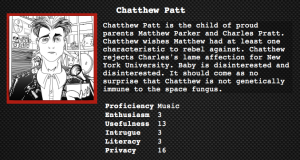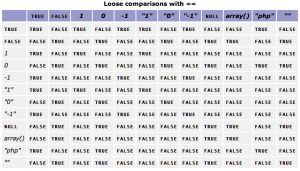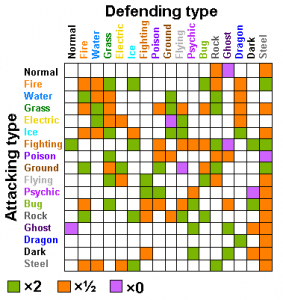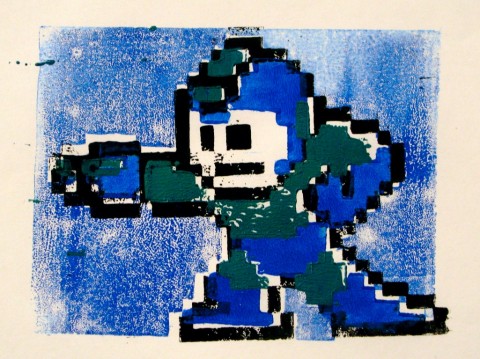How to get from Dress Up Game Jam to Pizza OWL in six easy steps:
(1) This is a cool game jam. I should make a game where the clothes all have randomly generated descriptions!
(2) It’d be helpful to have a list of clothing types. Wikipedia sort of has one but it’d be hard to scrape all of the hierarchical categories. Hmm.
(3) And anyway, it’s not enough to have just clothing types! It’d also be nice to know where they go on the body and what parts they have (sleeves, collars).
(4) Wikipedia definitely won’t have that in a computer readable format. But maybe some semantic web folks have made an open clothing ontology? *googles*
(5) (later) Ugh, all of these ontologies are either too domain-specific (commerce, museums) or laden with weird gender/body type assumptions. Ugh ugh.
(6) I guess I should just bite the bullet and make my own tiny ontology. But I want to share it with other people in an open file format… and that format is OWL… so, uh, how do I write OWL?
~fin~



